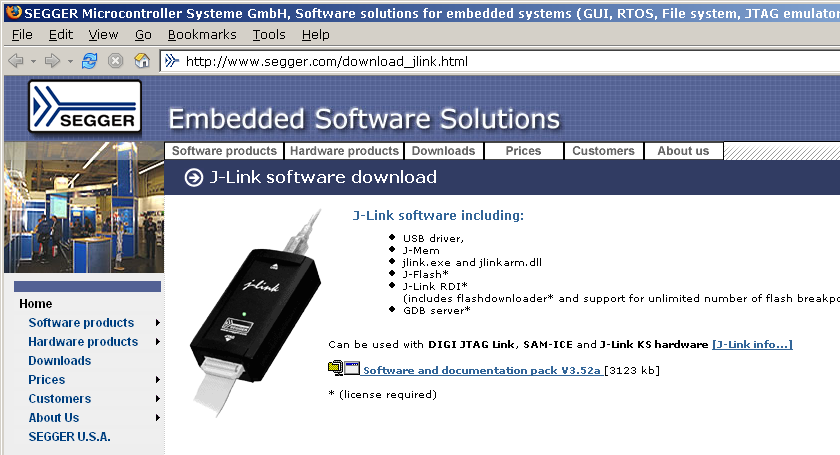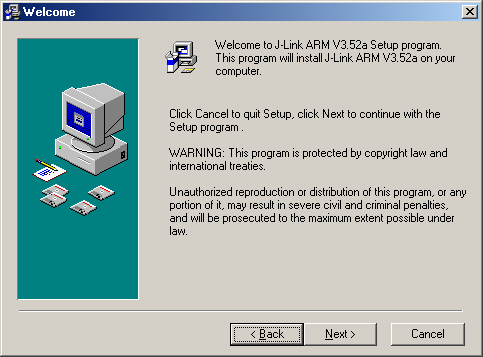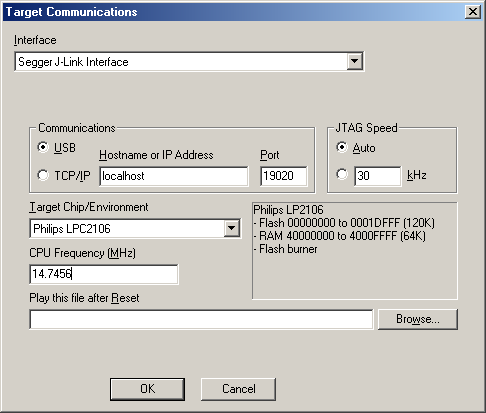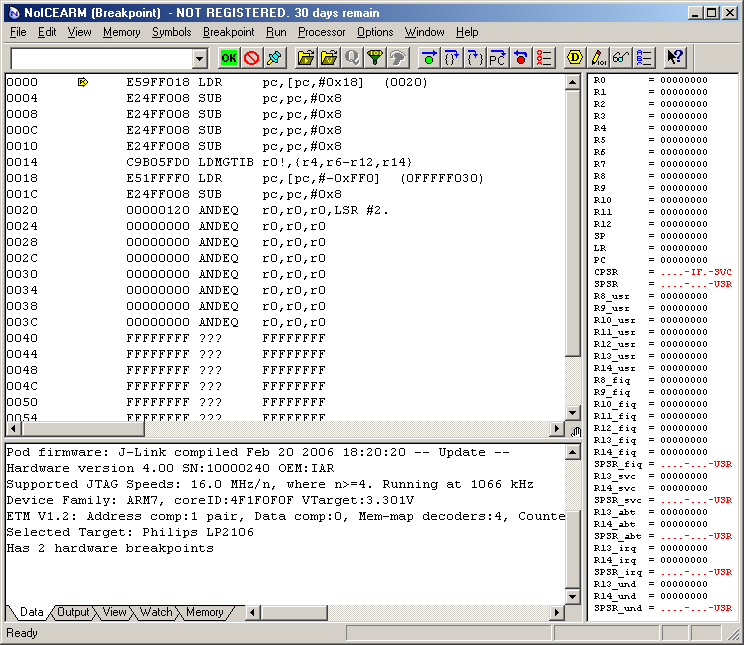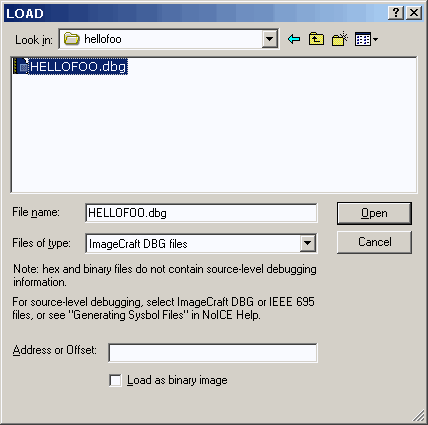 |
|
Connecting to Hardware Using Segger JLinkIn the section of the tutorial, we will show how to connect and configure the Segger JLink JTAG pod for use with an LPC2106 target. Our target board is the Olimex LPC-P2106-B. Click here for a tutorial on connecting to hardware using OpenOCD (supports various JTAG pods, including the Macraigor Wiggler, Olimex ARM-USB-OCD, Amontec JTAG key, Signalyer, etc.) Click here for a tutorial on connecting to hardware using H-JTAG (supports the Macraigor Wiggler and clones) If you haven't done so already, we recommend that you go through Running NoICE for the first time before reading this section of the tutorial. Installing Segger JLink Driver SoftwareSegger (https://www.segger.com) sells a JTAG pod called the J-Link and various associated software. The J-Link is also sold by IAR under their own bright yellow label and included in IAR demo kits; and by Atmel as the bright blue SAM-ICE. NoICE will work with the Segger, IAR, or Atmel versions of the J-Link. Before plugging in the JLink or running NoICE, you must install the JLink drivers. If you installed the IAR or Atmel software, you may already have the necessary drivers installed. Otherwise, you can get the latest drivers and support software from Segger at https://www.segger.com/download_jlink.html. (The actual version you see may differ from this snapshot).
Connecting the Segger JLink JTAG Pod
Press "OK" in the Target Communications dialog, and NoICE will show an initial
display like that shown below. If you exit NoICE and come back in, you will
return right here.
In this case, memory contains a previously-burned program. Since the ARM begins execution at address 0, that is where PC starts out. NoICE disassembles from the PC. At this point, you may wish to repeat the simulator examples on real hardware. The next step is to burn a program into Flash. This example uses ImageCraft ICCARM, as described in the previous section of the tutorial, Compiling for Source-level Debugging. You can follow along even if you don't have this compiler. All files necessary for you to run the NoICE demo may be downloaded here: hellofoo.zip. Setup for other compilers is generally similar.
Once burning is completed, you can continue with the source-level debugging example |
